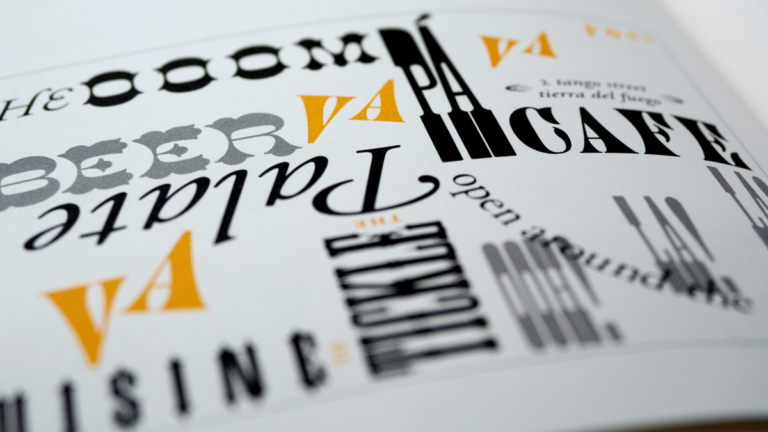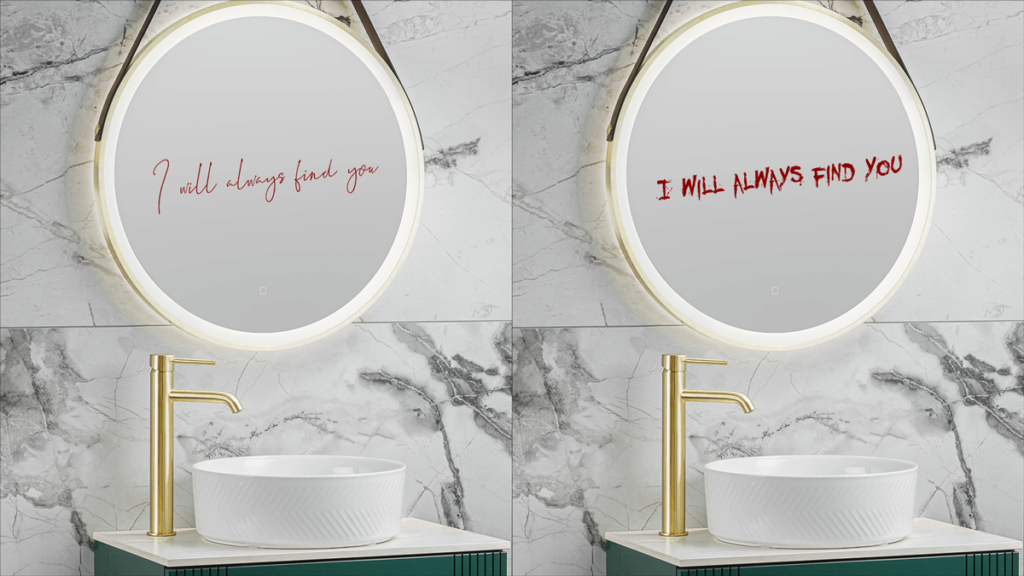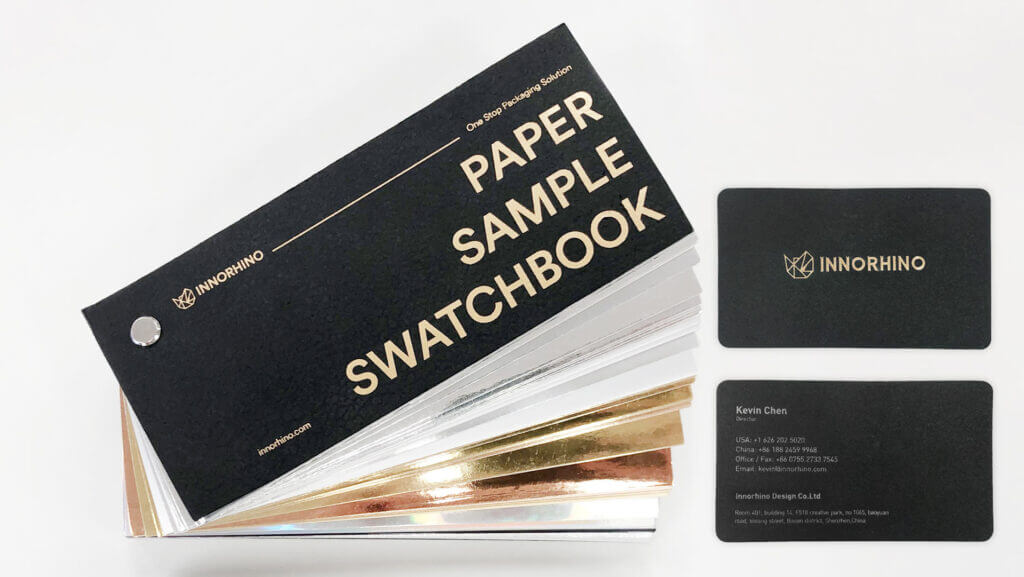In the exciting world of branding and design, we often get caught up in the visuals like logos and color palettes. Yet, there’s one element that we always overlooked. This particular element is super important for shaping your brand’s identity and message: typography! So now, let’s explore the incredible power of typography, which quietly works alongside your logo to tell your brand’s story.
Table of Contents
Toggle- Typography 101: Serif, Sans-Serif, Slab Serif, Script, Display
- Rule of 2: Use No More than 2 Typefaces in a Design
- Balancing Act: Fonts for Impact and Readability
- Give Them Some Space: Leading, Tracking, and Kerning
- Your Typefaces Represent the Personality of Your Brand
- Partnering with experts who make your packaging POP
Typography 101: Serif, Sans-Serif, Slab Serif, Script, Display
Yes, typography is more than just selecting a font for your brand’s materials. It’s about choosing a typeface that complements your brand’s personality and effectively communicates your message.
Serif:


Serif fonts, with their decorative lines at the ends of characters, convey tradition, professionalism, and reliability. These fonts work well for brands that aim to establish a sense of trust and timelessness.
Sans Serif:


In contrast, sans serif fonts are known for their clean and modern appearance. They radiate simplicity and efficiency, making them an excellent choice for brands that want to portray a contemporary and straightforward image.
Slab Serif:
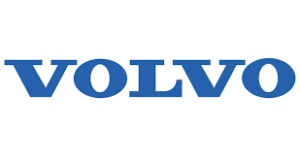
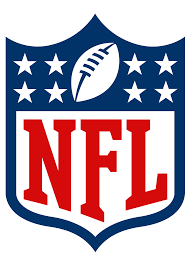
Slab serif fonts are bold and distinctive, often associated with strength and confidence. Thus, they can make a strong visual impact and are suitable for brands that want to stand out and make a statement.
Script:

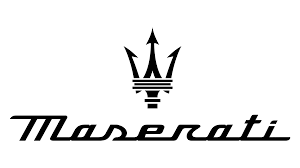
One popular font type we often see on luxury brands is script fonts. Script fonts are elegant and cursive, ideal for brands that want to convey sophistication and grace. A script font is often used by luxury brands or those seeking a touch of finesse.
Display:


Display fonts are creative and attention-grabbing. These fonts are perfect for making a bold statement and are commonly used in headlines and logos.
Rule of 2: Use No More than 2 Typefaces in a Design
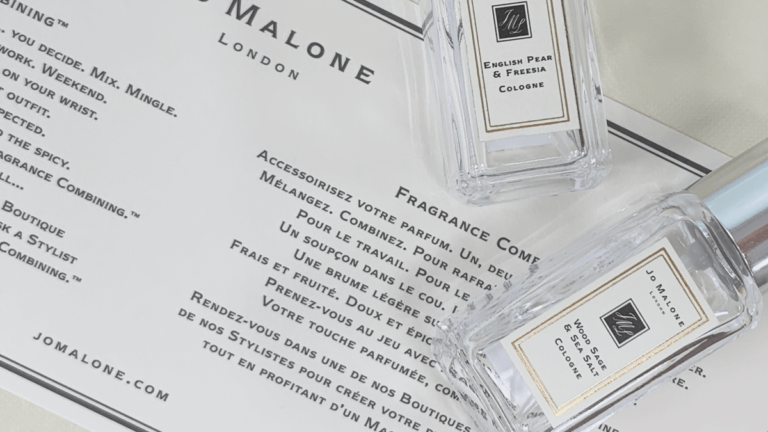
Simplicity is key in the world of typography, or even in graphic design. Using too many typefaces in a single design can make it look messy and inconsistent. Hence, following the “Rule of 2” is a good idea—it means using a maximum of two typefaces in one design.
You can keep your design clean and consistent by sticking to just two typefaces. This way, your audience can focus on your message without getting distracted by a bunch of different fonts.
Balancing Act: Fonts for Impact and Readability
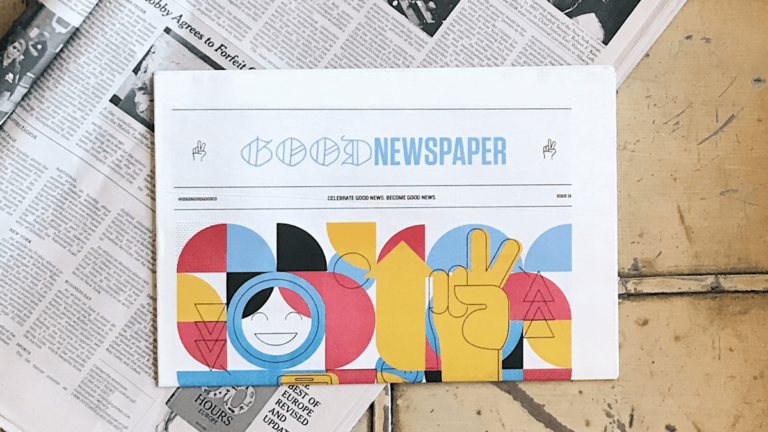
Every typeface has its strengths and best applications. Some are fantastic for showing off, grabbing attention, and making a visual impact. Some are more suited for readability.
For that reason, when selecting a typeface, you need to think about the purpose. For instance, you can use attention-grabbing typefaces for headlines, logos, and other focal points. On the other hand, you should look for legible and reader-friendly fonts for paragraphs, articles, and longer text. This differentiation ensures that your message is both visually striking and easily digestible.
Give Them Some Space: Leading, Tracking, and Kerning
We all need space to breathe and find inner peace after a long day, right? Similarly, words need their own space to flow effortlessly. Typography, therefore, is more than just letters; it’s also about the spaces in between. By adjusting leading, kerning, and tracking, you can create a balanced and visually pleasing typographic composition. These elements work together to ensure your text not only looks good but also reads smoothly.
Leading
Leading is the vertical space between lines of text. Adjusting the leading can significantly enhance readability and improve the overall visual appeal of your content.
Tracking
Tracking involves the uniform adjustment of letter spacing across an entire block of text. It ensures consistent spacing between characters, contributing to a polished and cohesive look.
Kerning
Kerning focuses on the space between individual characters. Proper kerning ensures that the text flows smoothly, enhancing visual harmony and making it more aesthetically pleasing.
Your Typefaces Represent the Personality of Your Brand
Now, you probably know that typography is more than just design. Indeed, thoughtful typography can represent the personality of your brand. The typefaces you choose should align with your brand’s identity and values. Moreover, they act as narrators with orotund voices, conveying a message to your audience without uttering a word.
In conclusion, typography serves as your logo’s silent partner. It plays a crucial role in shaping your brand’s identity and effectively conveying your message. By understanding various typeface categories, keeping designs simple, selecting purposeful fonts, and paying attention to spacing, you can create a strong brand identity that resonates with your audience. Therefore, the next time you embark on a design or rebranding journey, remember that the unsung hero of your brand might just be the typeface you choose.
Partnering with experts who make your packaging POP
At INNORHINO, our team of experienced product specialists, designers, and in-house engineers is dedicated to elevating your brand to the next level. We offer innovative packaging solutions tailored to your specific needs. Interested in collaborating with us? Reach out at inquiry@innorhino.com!

